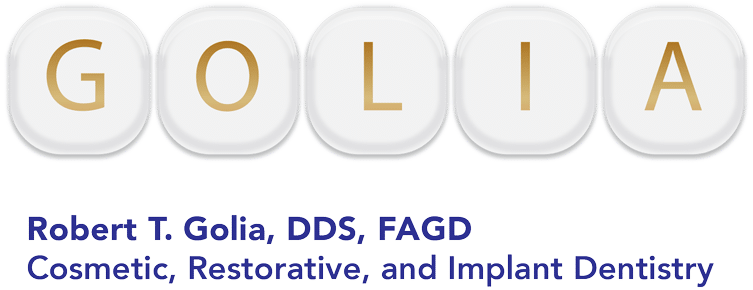A dental crown, sometimes referred to as a cap, is a restorative option for a tooth that is severely decayed or damaged. In cases where the root of the tooth is still intact, a crown can be placed over the existing tooth to restore the shape and protect it from further damage. A crown can also be a cosmetic option for a tooth that is chipped or broken in a highly visible part of the mouth.
If your dentist has recommended a dental crown, here’s what you need to know about the procedure.
Why Might I Need a Dental Crown?
The natural enamel of your teeth can be damaged in a variety of ways. Plaque can eat away at tooth enamel causing cavities. If the cavities are too extensive, fillings may not be enough to repair the tooth. A crown can be used to cover the tooth and restore its shape.
A tooth can crack or chip due to natural wear and tear from chewing or from a trauma to the mouth. A crown can repair the tooth and prevent the crack or chip from getting worse.
What is a Dental Crown Made Of?
Dental crowns can be made of a few different materials:
- Porcelain. Porcelain is a specific type of ceramic that is most often used for dental crowns. It closely resembles natural tooth enamel and is strong enough to withstand the pressure of chewing.
- Porcelain fused to metal. Porcelain fused to metal provides the added strength of metal with the natural look of tooth enamel.
- Gold alloys. Gold alloys are sometimes used for crowns on the back molars which are not as visible as the front teeth and that must be strong to bear the brunt of chewing force or teeth grinding.
How Long Does a Crown Last?
A porcelain crown can last an average of 8-10 years before needing to be replaced. It may last much longer than that, but over time the porcelain can wear down and become damaged. The crown may also get loose and need to be cemented back into place. Gold alloy crowns typically last longer than porcelain, for an average of 15-30 years.
Does Dental Insurance Cover Crowns?
In most cases dental insurance will cover crowns. When the crown is needed to repair your tooth for health reasons, the procedure and the crown is usually covered. The only time insurance won’t cover a crown is when it is being done for cosmetic purposes. A crown to improve the appearance of your teeth may not be covered unless there is also a dental health reason.
What is the Procedure for Getting a Crown?
In order to have a crown placed, some of the existing enamel must be removed so that the overall size of the natural tooth is reduced. Then impressions are made of the existing teeth that are used to create the crown so that it is the correct size and shape. You will receive a temporary crown while the permanent crown is made in a lab. Once the permanent crown comes in you will go back to the dentist for a fitting. If the crown fits properly it will be cemented permanently into place. If the crown doesn’t fit it may have to be sent back to the lab for adjustments.
Can a Crown Wait?
It is best not to put off getting a crown if you need one. In cases of severe tooth decay, letting it go too long without treatment may mean that the tooth can no longer be saved with a crown. It may also mean that you’ll need a root canal in addition to a crown. A cracked or chipped tooth is highly susceptible to tooth decay if it is not covered with a crown.
Golia Dental Provides Crown Restorations
If you need a dental crown, whether due to decay or damage, Golia Dental can provide you with the restoration you need. Call 203-248-7400 or request an appointment today.

